Industry Case Analysis: Choosing the Geotextiles Manufacturer Best for Infrastructure Success
Explore real-world cases showing how choosing the geotextiles manufacturer best ensures durable roads, railways projects.
Tel: +86-411-39569550 | E-mail: info@geofantex.com/geofantex@gmail.com
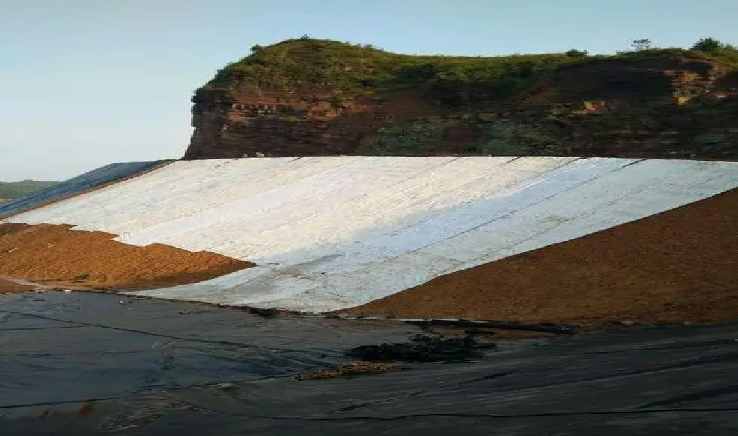
Explore real-world cases showing how choosing the geotextiles manufacturer best ensures durable roads, railways projects.
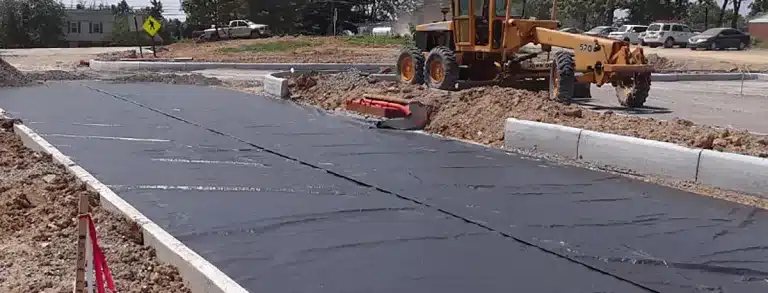
Boost road durability and reduce maintenance with Alaska DOT Geotextile Separation for stable, long-lasting pavements.
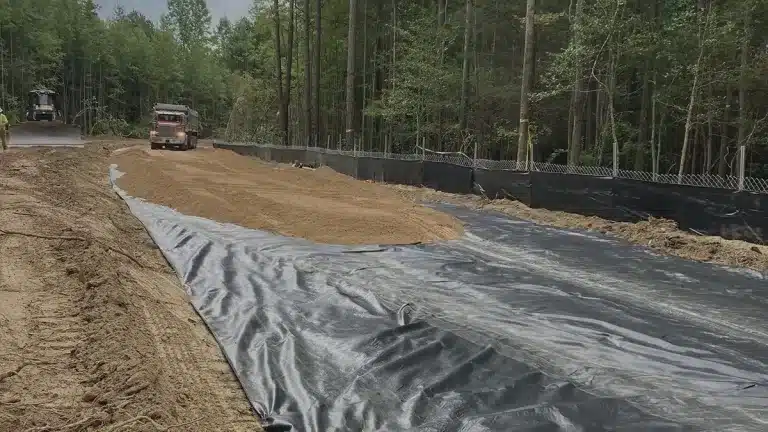
Enhance infrastructure durability and cost-efficiency with high-performance woven geotextile for soil reinforcement.

Understand geocomposite price and benefits for cost-effective, durable, and sustainable drainage solutions in construction projects.

Geocomposite drain installation improves drainage efficiency, reduces costs, and boosts sustainability in infrastructure projects worldwide.
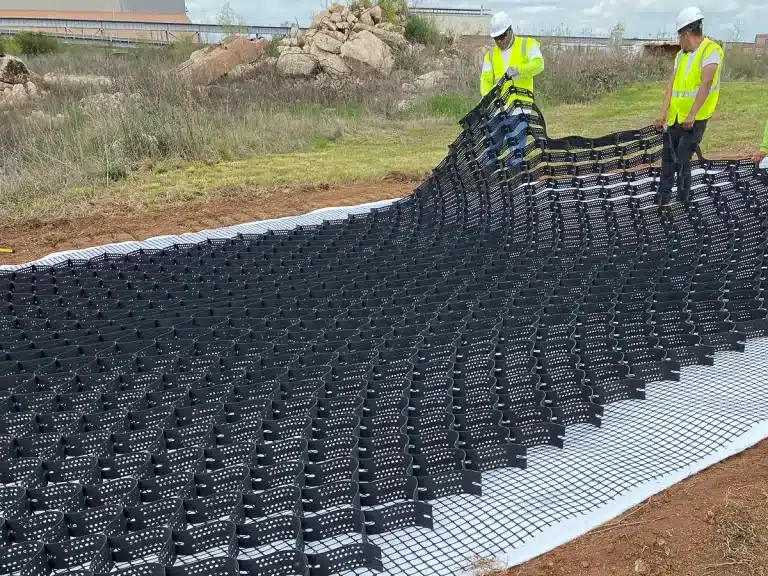
High-performance geocell ground grid strengthens soil, prevents erosion, and improves road and slope durability.
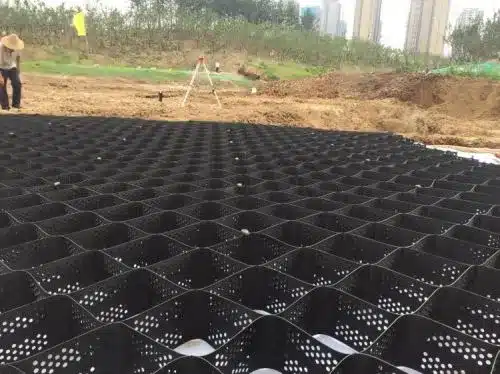
Discover Geofantex geocell grid solutions for soil stabilization, road construction, and erosion control. Request a quote today.
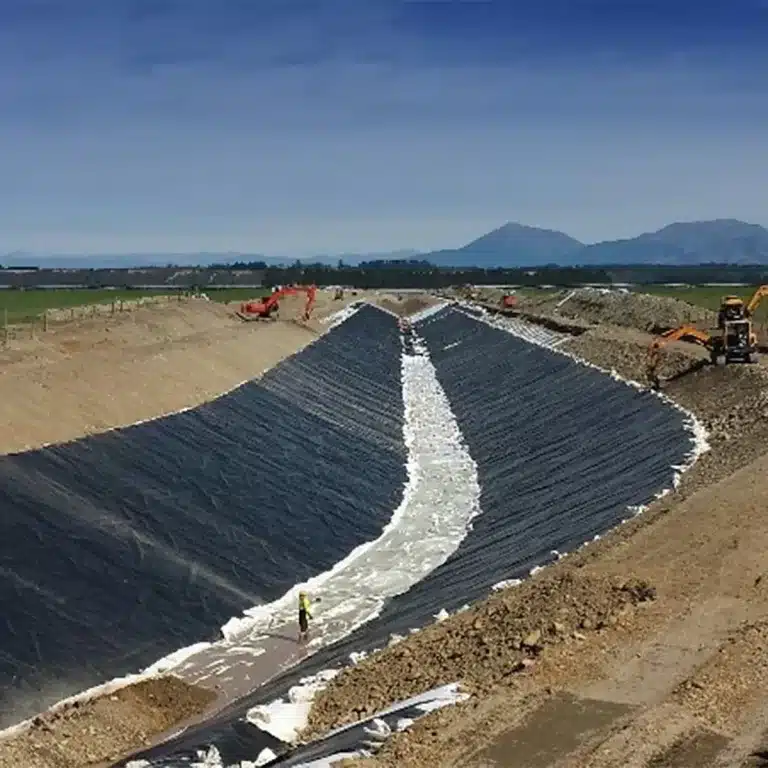
Learn how to select a reliable geomembrana manufacturer for geosynthetics projects with tips on quality, materials, and installation.
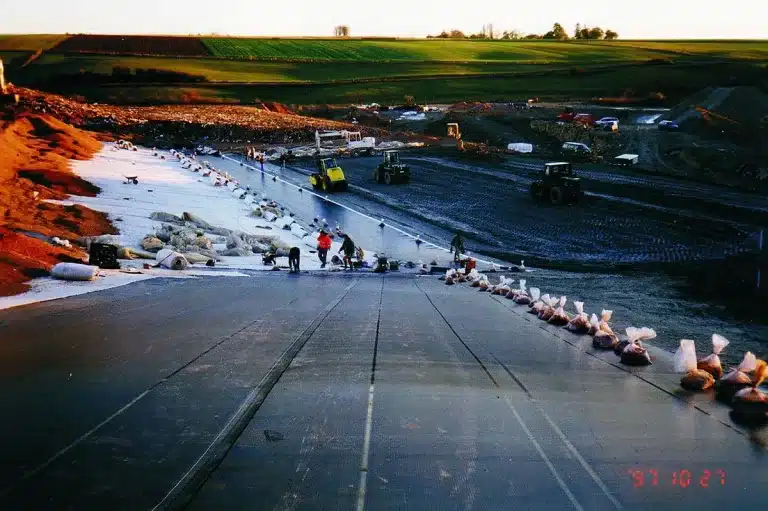
Learn how to select the discount geomembrane best for geosynthetics projects with tips on quality, installation.
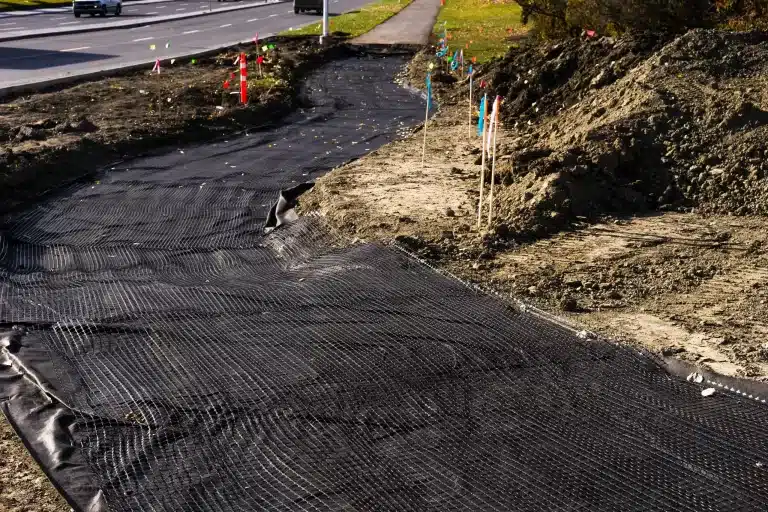
Learn how BX1200 geogrid improves gravel driveways, reduces aggregate use, and strengthens subgrades in construction.
End of content
End of content
WhatsApp us